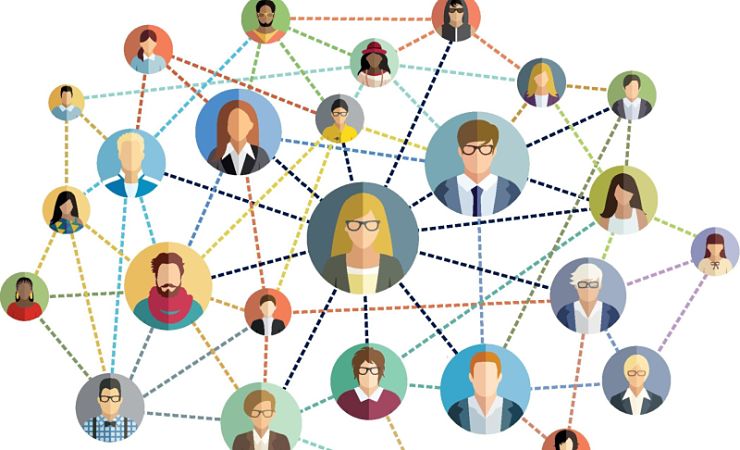Rethinking Readiness: What it Takes for Your Customers and Employees to Succeed in Today’s Networked Service Environments

“It’s time to broaden our understanding of customer and employee readiness beyond dyadic service encounters,” argues Ilias Danatzis, a lecturer in marketing analytics at King’s College London and lead author of a paper recently published in the Journal of Service Research. In their paper “Actor Ecosystem Readiness: Understanding the Nature and Role of Human Abilities and Motivation in a Service Ecosystem,” he and his co-authors – Ingo O. Karpen, a professor of business and design at the Center for Service Research at Karlstad University and the University of Adelaide Business School, and Michael Kleinaltenkamp, a professor emeritus at the Freie Universität Berlin – unpack the abilities and motivation that customers and employees need to effectively navigate today’s networked service environments.
Not too long ago, interactions between customers and employees were quite straightforward. Firms offered a service, their employees served us, and we experienced it. Roles and responsibilities were rather clearly defined and followed largely standardized patterns.
No matter whether we wanted to go on a holiday abroad or sought financial advice: We seldomly dealt with more than one firm, employees were usually better informed than us, interactions were personal, and we knew what was expected from us in most service situations.
Today’s service realities require a new understanding of customer and employee readiness
Today, service realities are different. Rapid technological advances and the rise of the collaborative economy have fundamentally changed the way we work, shop, socialize, move, and travel. We regularly use digital platforms such as Uber, Airbnb, or Amazon to find better deals, get around easier, and connect with peers and firms in new ways.
We no longer expect service employees to guide us through every step of the customer journey. Instead, we have become more active, are more used to self-service, and are more accustomed to deal with multiple touchpoints (human and non-human) to fulfill our needs – from managing multiple freelancers to complete simple tasks on Fiverr to coordinating an extensive support network of health care practitioners, family, and friends when undergoing chronic disease treatments.

In short, service delivery has become more complex, fragmented, and interconnected. Customers and employees don’t only interact with each other. Instead, they operate in complex service ecosystems. As a result, traditional roles and responsibilities evolved and with it the abilities and motivation that both customers and employees require to effectively function in such environments.
Today, customers and employees need a broader form of “readiness” to successfully face fundamentally altered capability and motivational demands. Lacking such readiness can ultimately lead to stress, burnout, lack of engagement, or even deviant behaviors.
Toward an ecosystem perspective of readiness: AER
Our new paper lays the theoretical ground for an ecosystem-oriented understanding of readiness that goes beyond dyadic customer-employee encounters. We refer to this as “actor ecosystem readiness” (AER). Grounded in a systematic synthesis of research from the marketing, management, and psychology field, we delineate 12 cognitive, emotional, interactional, and motivational elements that constitute the AER of customers and employees.
We also propose a rich framework that outlines how AER can be developed, how AER impacts behavior and service outcomes, and how its impact is influenced by various moderators. Importantly, our discussion encompasses both psychological factors but also the impact of various ecosystem properties on AER such as the ecosystem’s overall complexity, its guiding institutions, and underlying power structures.
How marketers can use AER
While being a theoretical piece, marketers can use AER in many ways:
- To better understand why some customers or employees are better than others in using firm products/services or why some are more engaged than others in online communities, patient support groups, or citizen platforms.
- To monitor and segment employees or customers to detect groups that deserve specific attention and design more targeted development efforts.
- To match customers and employees more effectively according to their AER profiles.
An open invitation for future research
Overall, our paper highlights how AER informs a variety of areas, from networked service delivery to collaborative consumption, customer misbehavior, and service design.






























































































